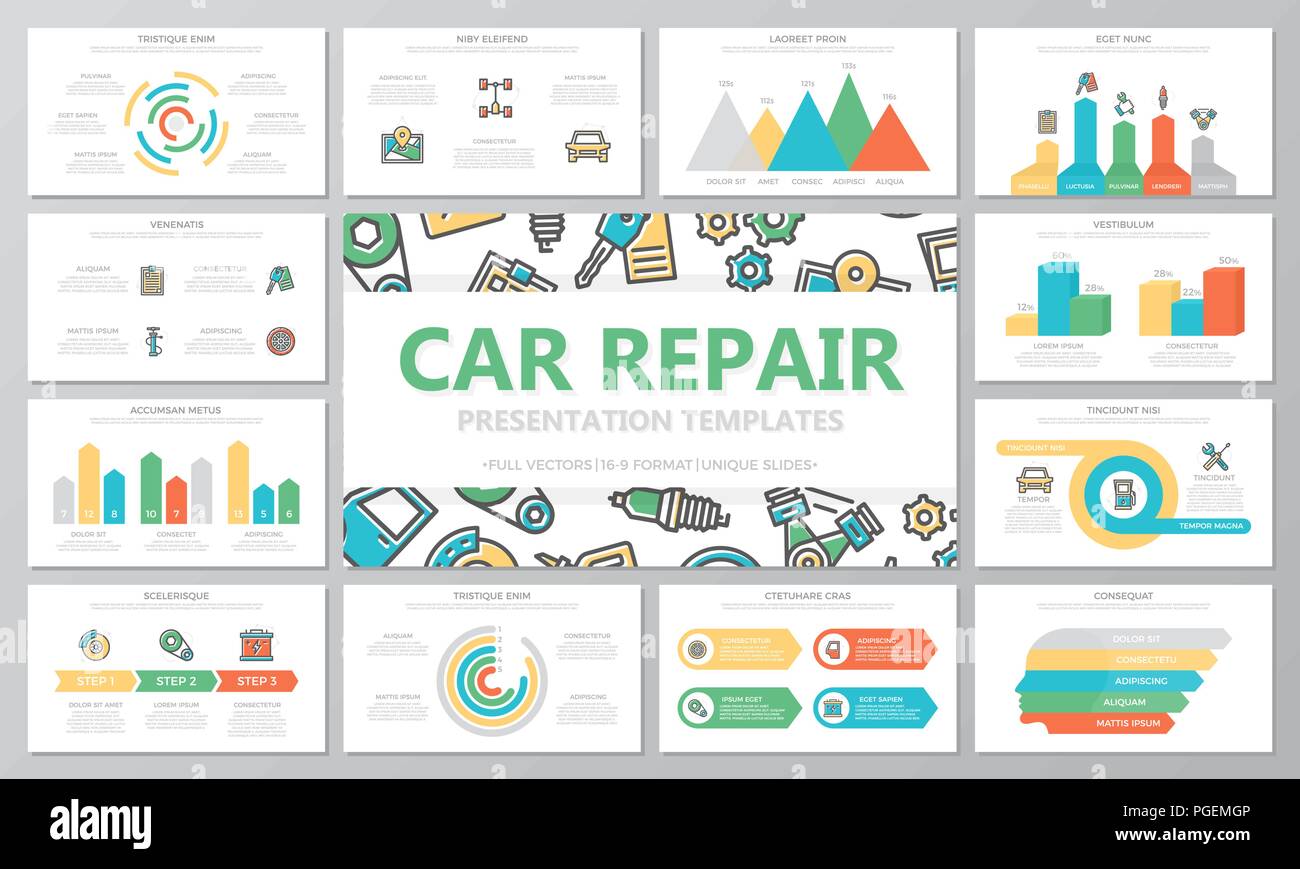Decoding Your Automobile'S Caution Indicators: What They Genuinely Symbolize
Decoding Your Automobile'S Caution Indicators: What They Genuinely Symbolize
Blog Article
Article By-Lauritsen Forbes
When you lag the wheel, those glowing caution lights on your control panel can be a little bit puzzling. Do you understand what they're attempting to tell you regarding your car's health? Comprehending the relevance of these lights is important for your safety and the longevity of your car. So, the next time among those lights appears, wouldn't you wish to analyze its message properly and take the necessary actions to resolve it?
Common Warning Lighting and Interpretations
Determine usual caution lights in your cars and truck and understand their meanings to ensure risk-free driving.
One of the most regular caution lights include the check engine light, which signifies issues with the engine or exhausts system. If this light begins, it's vital to have your automobile examined promptly.
The oil stress warning light suggests low oil pressure, calling for instant focus to stop engine damage.
A blinking battery light might suggest a malfunctioning charging system, possibly leaving you stranded if not resolved.
The tire stress monitoring system (TPMS) light signals you to low tire stress, affecting automobile stability and fuel efficiency. Overlooking this can lead to risky driving problems.
The abdominal muscle light indicates a problem with the anti-lock braking system, compromising your ability to quit swiftly in emergency situations.
Lastly, the coolant temperature alerting light warns of engine getting too hot, which can result in severe damages otherwise fixed quickly.
Understanding these usual caution lights will certainly assist you attend to problems immediately and maintain safe driving problems.
Value of Prompt Focus
Comprehending the typical caution lights in your cars and truck is only the initial step; the value of promptly resolving these cautions can not be stressed sufficient to ensure your safety on the road.
When a warning light brightens on your dashboard, it's your car's method of communicating a possible issue that requires interest. Overlooking these cautions can result in much more extreme troubles later on, jeopardizing your safety and potentially costing you a lot more in repairs.
https://www.ratchetandwrench.com/articles/12552-hawaii-repair-shop-keeps-it-old-school to warning lights can avoid malfunctions and mishaps. For instance, a blinking check engine light can suggest a misfire that, if left ignored, could trigger damage to the catalytic converter. Addressing this promptly can save you from a pricey fixing.
Likewise, a brake system warning light could signify reduced brake liquid or used brake pads, crucial elements for your safety when driving.
DIY Troubleshooting Tips
If you see a caution light on your control panel, there are a couple of do it yourself fixing pointers you can try prior to looking for professional help.
The first step is to consult your car's manual to comprehend what the specific warning light shows. In https://equipmentmaintenancesched17284.digitollblog.com/31918585/discover-how-environmentally-friendly-car-outlining-products-can-boost-your-lorry-s-luster-while-safeguarding-the-planet-find-the-sustainable-options-waiting-for-you can be as straightforward as a loosened gas cap activating the check engine light. Tightening the gas cap might deal with the problem.
One more typical concern is a reduced battery, which can cause different warning lights. Inspecting the battery connections for rust and ensuring they're secure may fix the issue.
If a warning light persists, you can try resetting it by detaching the auto's battery for a few mins and afterwards reconnecting it. Additionally, examining your vehicle's fluid levels, such as oil, coolant, and brake liquid, can help fix alerting lights related to these systems.
Final thought
To conclude, recognizing your auto's caution lights is important for maintaining your car running smoothly and safely. By quickly attending to these signals and knowing what they imply, you can prevent costly repair work and potential breakdowns.
Keep in mind to consult your automobile's handbook for certain information on each cautioning light and act accordingly to make certain a trouble-free driving experience.
Stay educated, remain risk-free on the road!
